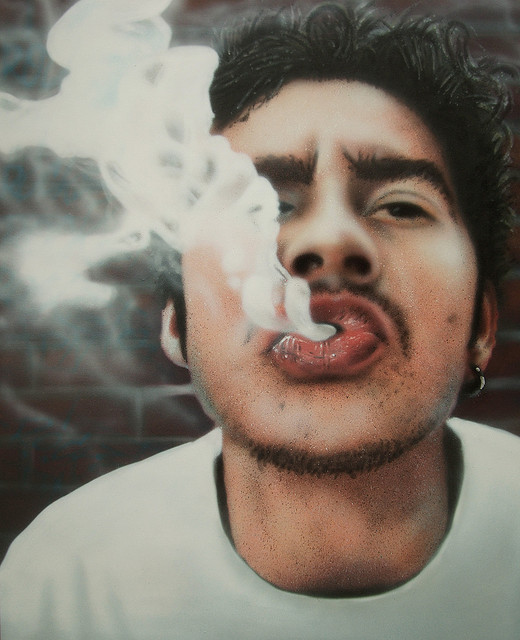How to Paint Smoke on Canvas

For an artist, painting anything is not difficult, although painting something an illusion or abstract requires a lot of thinking and technique. The basic is also about mixing right paints, and the stroke brush. Painting smoke on canvas also depends on this technique. Showing smoke rising and spreading across the horizon, little or to a larger extent is what the art is all about, and an artist can do this job perfectly well. Even an art student can paint smoke by conceiving an abstract image.
Instructions
-
1
Mixing Paints
First step is mixing of paints. You as an artist might require to mix five or six paints. This also depends on the way you conceive the piece of art. Smoke colour has more than one shade and mixing right colours in the right way can help you create those shades successfully. -
2
Start With Dark/Black Shade
It is better to start with painting black shade or colour first. If you paint white or any other shade first and then use black, it will make all other shades disappear underneath it. So paint black first and then paint other shades. -
3
Billowing Effect
Since you will have to give the painting smoke billowing effect, start painting it in half moon circle. Move the brush in the half moon circle, this will give it a realistic image effect. This is the most tricky part of the painting that you have to show the smoke billowing, and with right technique and keeping your brush in control you can do this effectively well. -
4
Small Smears
Once you have painted the base, switch your brushes and use smaller brushes to blend the colour of the smoke to create smaller smears on the top. This should also help in signifying the billowing effect of smoke. Creating smaller smears on the top will also help you create right shades, which should give rather a realistic image effect. -
5
Let Painting Dry
To confirm that you have painted the smoke effect very well on the canvas, you let the painting dry first at the end. Wet colours might appear different but once they are dry they can help you determine if you are able to create a master piece. This should also further signify shades of the colour, and if you feel there is some need to have another go, you can use slight brush strokes here and there.







